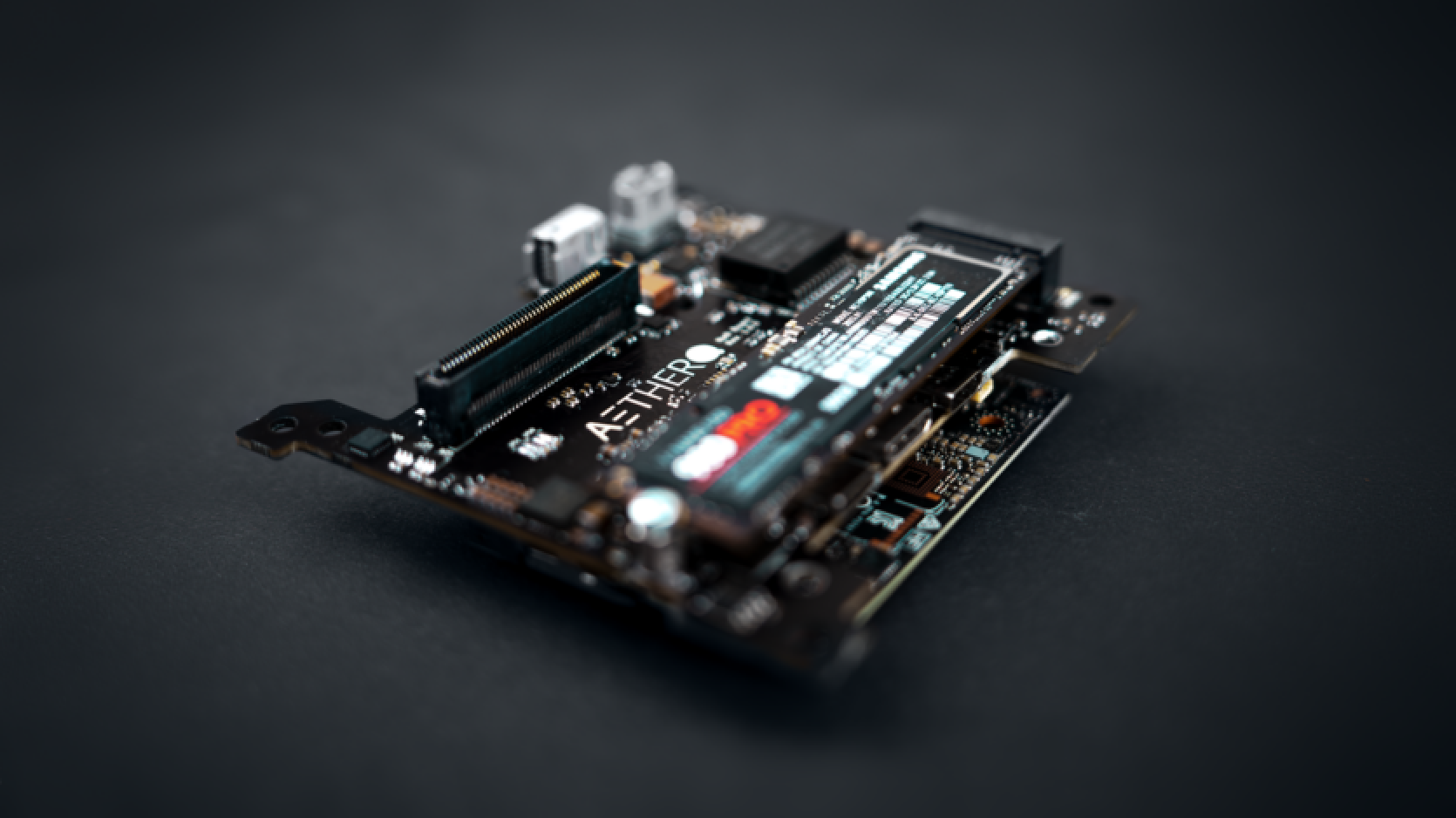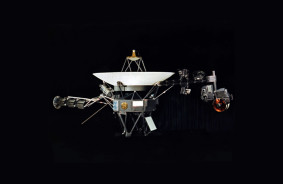Satellite sensors collect an incredible amount of data, however, computational constraints in orbit hinder operators from processing them in space. Aethero, founded a year ago, plans to change that.
Aethero is developing peripheral computers with radiation protection for data processing in orbit and, ultimately, autonomous decision-making.
"Currently, pre-processing of space data is a large market, but we expect that with years and the increase in the number of orbital assets, spacecraft autonomy will become mass," said Aethero co-founder and CEO Edward Ge in a recent interview.
Ge founded Aethero together with his childhood friend Amit Pinnamaneni - they also own the startup Stratodyne, which creates high-altitude balloons for remote sensing. Despite being quite different directions, the founders say that both companies face similar problems.
Space computers today use Field-Programmable Gate Arrays (FPGA) with older architecture that cannot handle intensive computational tasks, such as training or deploying advanced computer vision models in orbit.
"We realized that the problem is not in getting enough data from space, but in ensuring that data from the sensor in space is quickly transmitted to the end user, and that satellites in orbit can make decisions in real-time."
In the previous funding round, Aethero raised $1.7 million.
The startup's first-generation space computer is called AetherNxN and is based on the Nvidia Orin processor. It is designed for a 7-10 year life on low Earth orbit, can fit on small platforms like CubeSat, and provides 20 times greater computing power than existing options, says Ge.
Aethero plans to release a larger second-generation computer before transitioning to its own space processor. According to the company, this will help ensure lower power consumption and high performance. The startup aims to produce processors in collaboration with Intel by 2026.
One of Aethero's missions will launch in June this year on SpaceX-11 to demonstrate the ability to work in space, deliver air updates to onboard computer vision models, and train computer vision models.
"We see ourselves as Intel or Nvidia in the space industry," said Ge.
Source: TechCrunch














Comments (0)
There are no comments for now